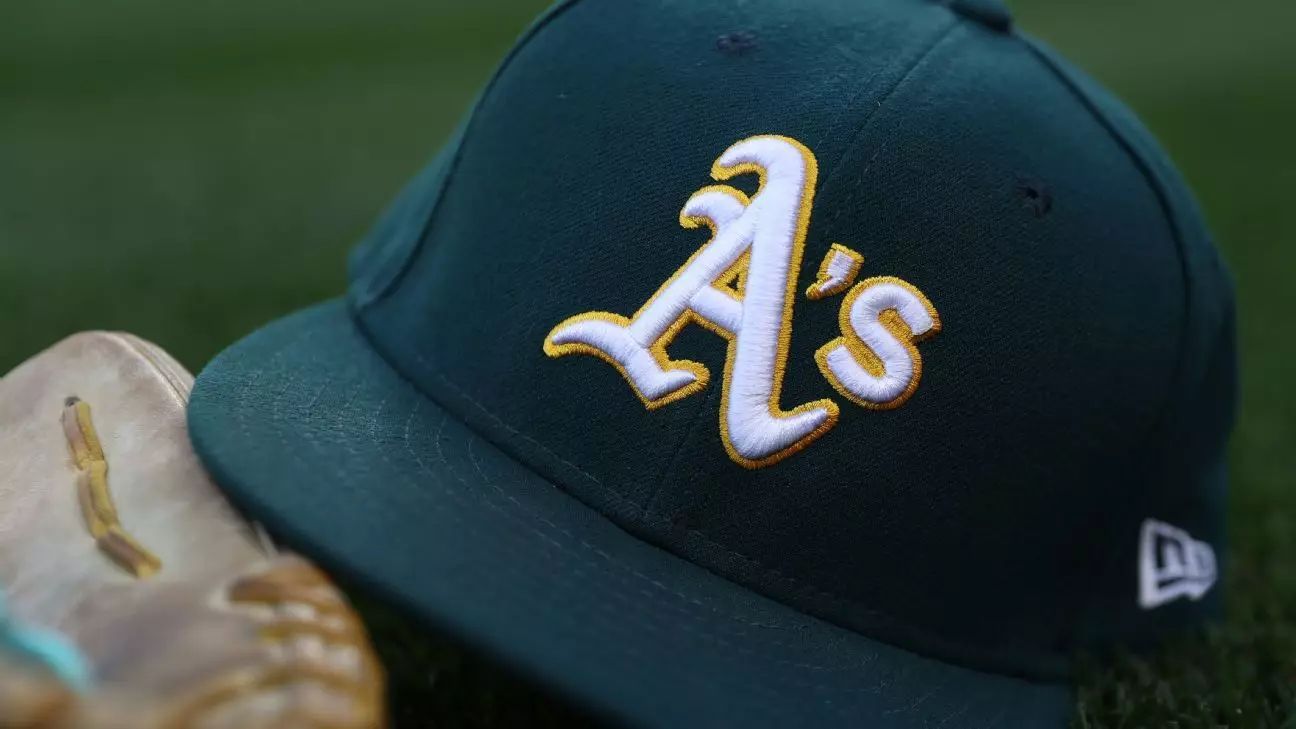In a critical pivot away from synthetic surfaces, Major League Baseball (MLB) has decided to install natural grass in the Athletics’ temporary ballpark at Sutter Health Park in Sacramento, California. This decision arises from a complex interplay of health concerns related to extreme temperatures, player safety, and the collaborative dialogue between the league and the Players’ Association. As the Athletics transition from their Oakland roots to a new chapter in Las Vegas, the implications of their temporary home in Sacramento extend beyond mere aesthetics; they signal the sport’s growing awareness of the need for player-centric facilities.
Sacramento is notorious for its soaring summer temperatures, with the latest records highlighting a historical stretch of extreme heat averaging 103.8 degrees. Given these climate challenges, the choice of playing surface becomes pivotal. Initially, the use of synthetic turf was prioritized for its durability—an important consideration for a field sharing arrangement with the Sacramento River Cats. However, the MLB Players’ Association raised valid concerns about the long-term consequences of playing on artificial turf during such oppressive heat. The fear was not merely discomfort; it touched upon serious safety hazards and the potential for injuries exacerbated by increased temperatures.
The ultimate decision to go with natural grass reflects a significant and commendable shift in MLB’s approach to facility management. The engagement with players—both major and minor league—indicates a robust commitment to prioritize their preferences and safety. As a spokesperson for the league noted, this collaborative effort was essential for determining the best playing conditions. The role of Murray Cook, an MLB field consultant, further substantiates the move toward grass as a viable option that aligns with player welfare in a challenging climate.
Significantly, MLB’s commitment extends beyond the field surface. Planned renovations at Sutter Health Park include upgrades to clubhouses, dugouts, and bullpens—all aimed at creating a safer and more hospitable environment for players. As the Athletics gear up for their expected move to Las Vegas in 2028, the possibility of remaining in Sacramento for an additional season should construction delays occur underlines the need for operational flexibility in the face of construction unpredictability.
The decision to implement natural grass at Sutter Health Park is not merely about maintaining tradition or aesthetics; it embodies a progressive response to player safety in the face of climate challenges. By prioritizing player preferences and health over the seemingly more practical yet harmful options, MLB is taking a substantial step towards fostering a more considerate and safe sporting environment. As the Athletics transition, one can only hope that this commitment to player-centric decisions will resonate through other teams and leagues, ultimately influencing the way sports facilities are built and maintained in the future.


Leave a Reply